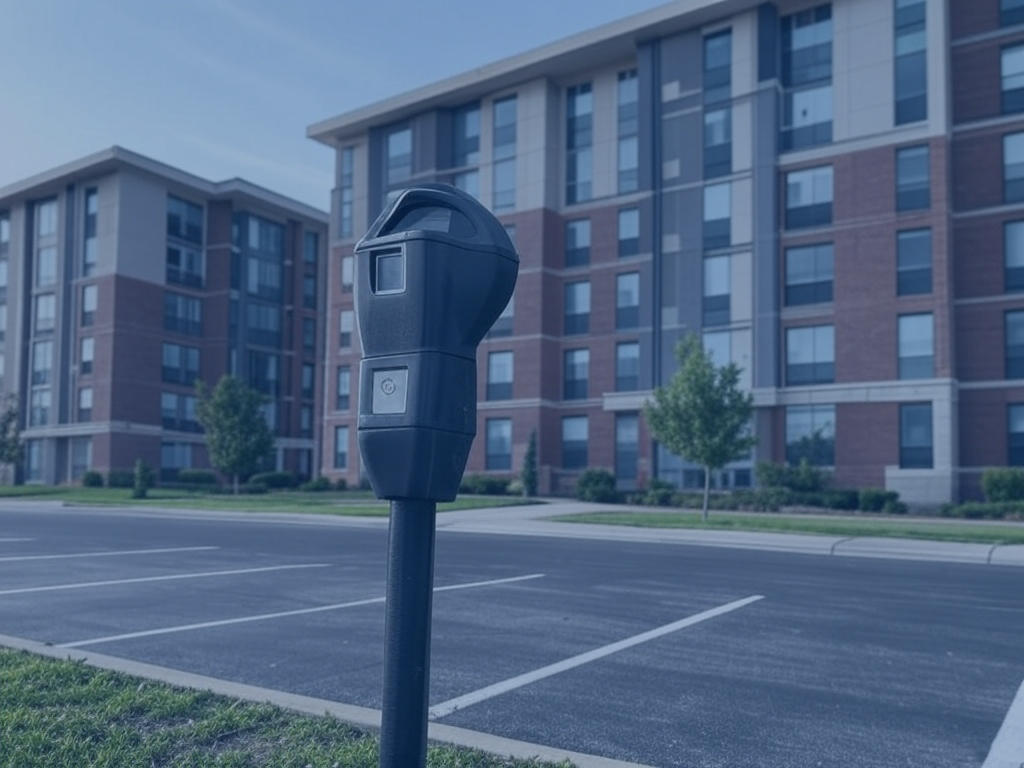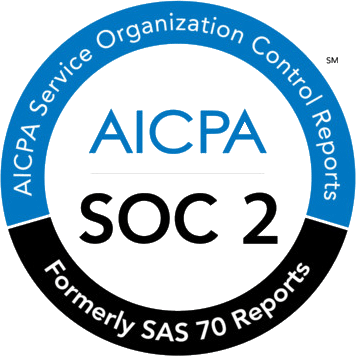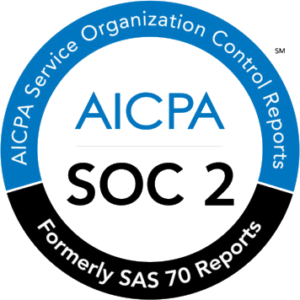Table of Contents
ToggleSummary
- Hybrid work is making employers reevaluate their existing TDM efforts to meet the changing work environment.
- There is good news for TDM, including fewer workers driving to work and less frequent workplace commutes.
- There is bad news for TDM, including irregular daily parking needs and workers driving longer distances to work.
- Whether hybrid work is good news or bad news for TDM is dependent on the implementation process of employers
Hybrid work is one of the major post-pandemic work trends.
It is the middle point between exclusively working from home and in-office work.
Employees have gotten accustomed to the freedom that is available when you are not working exclusively within the office. So much so, that according to Gartner, adopting hybrid work is now a key business decision for organizations who want to attract and retain top talent.
Revamp your commuting & transportation operations
Find out how Wayleadr can help you optimize transportation operations and reduce transportation-related issues
Hybrid Work & Transport Demand Systems
Transportation Demand Management (TDM) is a field that is required to evaluate and respond to the changes in transportation systems.
TDM refers to the set of strategies that employers implement to create a change in the pattern of their employee’s commuting habits. It is often used to discourage single-occupancy vehicle commutes.
An example of a TDM initiative includes commuter benefits, where employees are offered incentives to not to drive to work.
Other TDM efforts include charging a stipend from driving employees to use the office parking spaces. With these initiatives, employees are unconsciously conditioned to drive to work only when necessary.
There are now valid concerns on what hybrid work means for TDM.
The Good News About Hybrid Work For TDM
Fewer Workers Are Driving To Work
According to Business Insider, more workers are opting not to drive to work, with wasted time in rush hour traffic viewed as unnecessary.
This results in fewer office parking needs. This is good news for workplaces that are struggling to manage the space needs of their employees.
Workplace Commute Is Less Frequent
Workers under a hybrid work structure have a maximum number of in-office days weekly, meaning they will be visiting the office less frequently.
Although parking patterns are highly irregular with hybrid work, every worker has a number of days when they don’t need to go to work. Hence, the total number of single-occupancy vehicles arriving at work is significantly reduced.
The Bad News About Hybrid Work For TDM
Irregular Daily Parking Needs
The irregular pattern of workers coming to work poses new problems for TDMs.
There will be days when there are too many workers present and other days when there will be too few. Both present issues around the efficiency of the office’s available car spaces..
These unique problems have made more employers turn to last mile automation software, such as Wayleadr.
Its availability and allocation features allow employees to know when all spaces are filled, while allowing key officials to have reserved spaces that they can “release” when they are not using them.
Operations teams can ensure that employees are notified before coming to work when all the spaces are filled.
More Workers Are Far From Their Offices
Many workers who lived and worked in major business hubs pre-pandemic discovered that the crowded city wasn’t the only option for them.
Gradually, these remote workers started moving out to suburbs and further afield.
According to Vox, the suburbs are seeing higher migration due to the need for greenery and larger personal spaces.
The impact of this relocation is that more of the workers are farther away from their offices, and when they decide to drive to work, they will be driving long distances.
Longer distance driving can be an issue for TDM initiatives, with the carbon footprint of these journey’s much higher.
Conclusion
Employers are moving fast to reopen their offices but they are doing it with employees in mind.
As more employers adopt the hybrid work culture, they need to prioritize an easy transition for their employees. New technologies such as last mile automation software and management tools can help simplify the process.
Join industry leaders from companies like Sanofi, Indeed.com & CBRE, schedule a demo with Wayleadr.com today and solve your parking problems in the click of a button.












